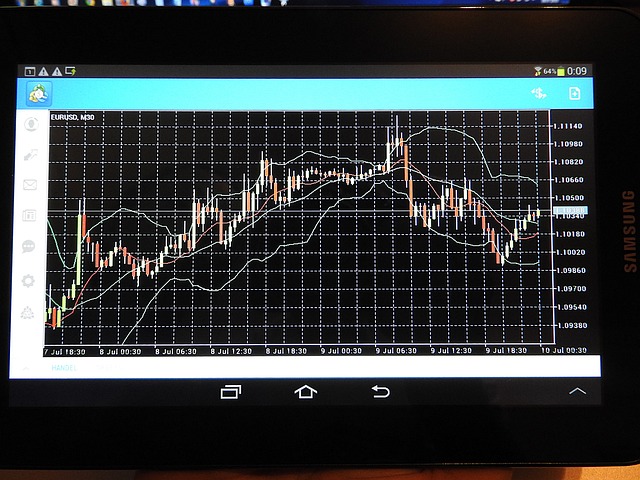Understanding Leverage and How it Affects Forex Profits

Forex traders can use leverage in their trades, a strategy that allows investors to “borrow” money to invest in bigger positions or get larger exposure using only a little money.
Trading with Leverage in Forex
Trading with leverage is different from traditional investing because you have to provide the whole investment amount upfront in the latter so that your broker or other financial partners can invest it for you. Investors should understand that stock market leverage is much lower than in forex trading, which means there is less capital risk when trading stocks using leverage.
Leverage, Margin, and Leverage Ratios
In trading, margin is the money you put down to initiate a trade. It can be the entire amount or a percentage of the required investment, such as when using leverage. Leverage is using borrowed money, known as capital, to invest in forex and other types of investments, including stocks and other securities.
Leverage increases an investor’s flexibility as they can open more positions without putting all their equity into one trade.
The leverage ratio is used to calculate the amount that an investment position requires and the position that the financial partner is willing to let you take. A typical leverage ratio is 1:100, which means the financial partner will let you invest one currency unit for every 100 units of position you take.
For example, let’s say you have $1000 to invest. If the broker gives you a 1:100 leverage, you can invest in a position 100 times larger than your margin, so you can have a $100,000 position which is the typical forex trading lot.
Before you start trading forex, you should also understand the margin requirement, which is the percentage of the position you are required to put down as the margin. For a 1:100 position, the margin requirement is 1%, and it changes depending on the leverage ratio.
Remember that you do not have to trade forex using leverage, especially if you are a beginner learning how to trade. The leverage you get will depend on the broker or financial partner, jurisdiction, and what you want to trade, which in this case is forex.
How Leverage Affects Profits in Forex Trading
Leverage affects profits in several significant ways. First, it can amplify your profits even if you invest in a small amount depending on the leverage you get. In the example above, the investor can see a profit of $1000 if the forex market moves 1% in their favor. This is compared to the $10 they would get if they only invested using their margin and the market moved in their favor at the same rate.
Leverage can also affect your profits by amplifying your trading costs. Each forex trade done using leverage has higher transaction costs that are a higher percentage of the total account. Leverage increases as a percentage of the total account as the account decreases, so this is something investors have to keep in mind.
About Leverage and Risk
There is a direct relationship between risk and reward or profits when investing. Higher risks typically lead to higher returns. Leverage increases your risk but amplifies your potential returns, as we have seen above.
Importantly, leverage amplifies your losses too. In the example above, a negative market movement of 1% against the leveraged amount means a loss of $1000, which is the total margin the investor had put down. For this reason, investors must work with highly reputable and experienced forex traders if they use leverage to ensure profitability.
Managing Risks and Avoiding Losses
Determining your risk tolerance is the most important thing you can do to minimize losses when trading forex using leverage. Your risk tolerance will help you decide how much capital you are willing to risk on each trade. Doing so will help you set appropriate leverage levels and position sizes you are comfortable with.
The other is using a trading platform or partner with loss prevention strategies in place. These include negative balance protections so that you never have a balance below zero and a stop-loss guarantee that lets you set the maximum loss you are willing to take. They should also allow cancellations of deals that are unprofitable so that you do not continue incurring losses.
Investors should also know how to size their positions correctly. Position sizing entails determining how much capital to allocate to each trade based on your capital and risk level since investors with higher risk tolerances and appetites can invest much more in riskier trades. Proper position sizing allows investors to minimize their exposure to risk using leverage while ensuring they have sufficient capital to cover potential losses.
Leverage gives investors exposure to bigger positions as their capital allows. They can amplify profits and make small positions profitable. Since they carry risk, investors should have strategies to protect themselves from losses associated with leverage.


